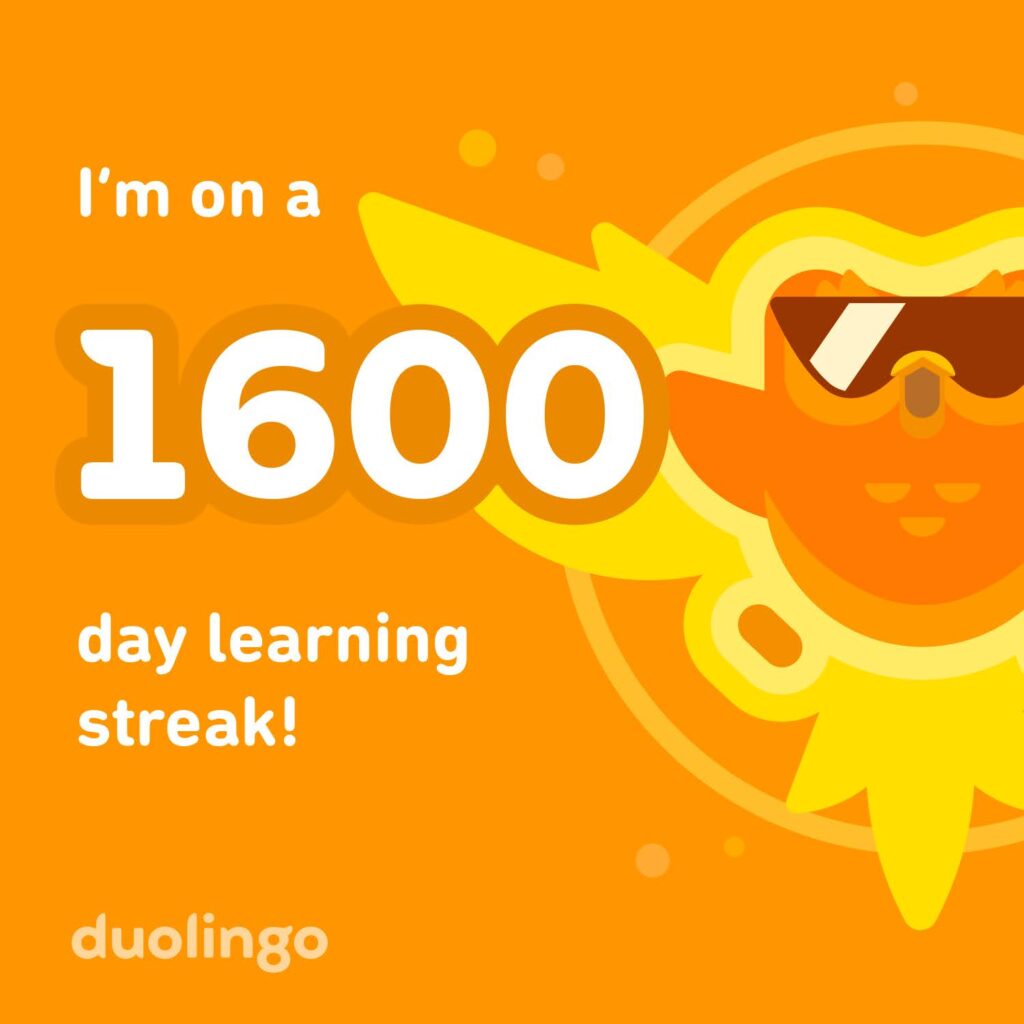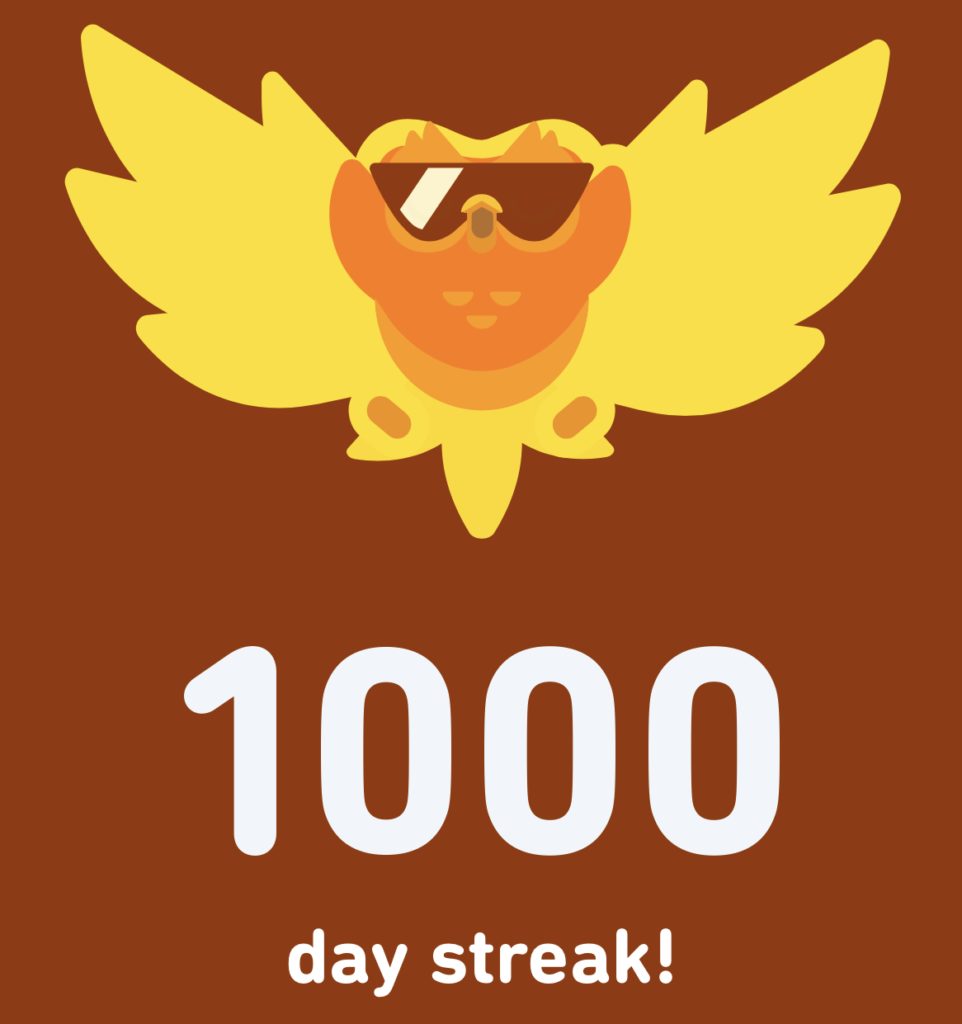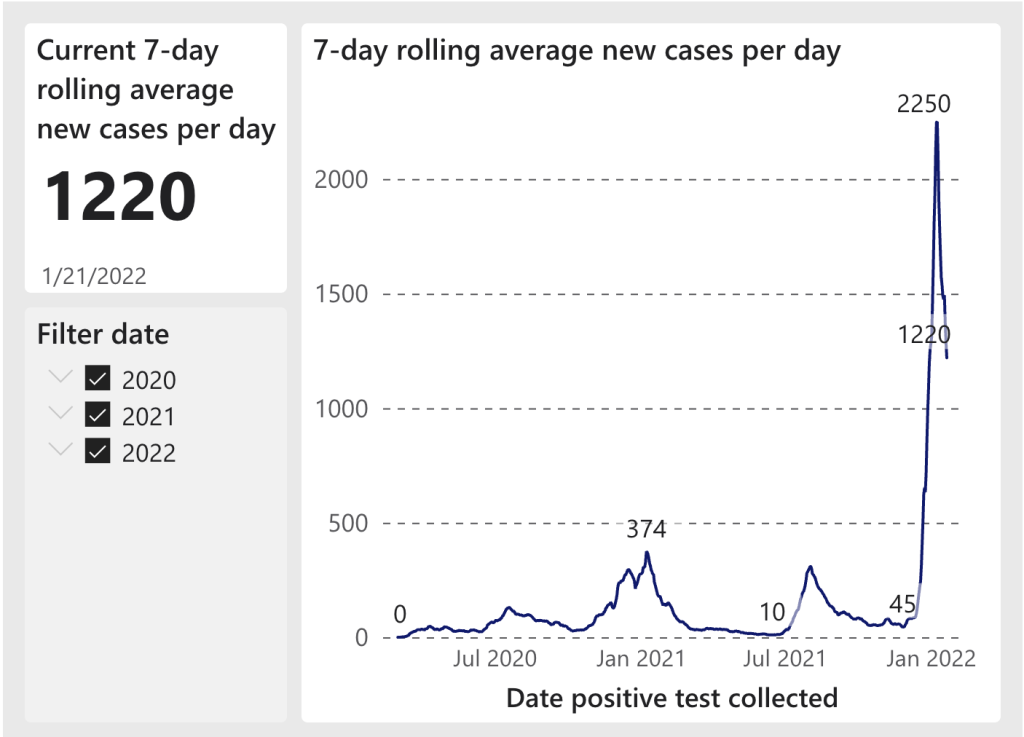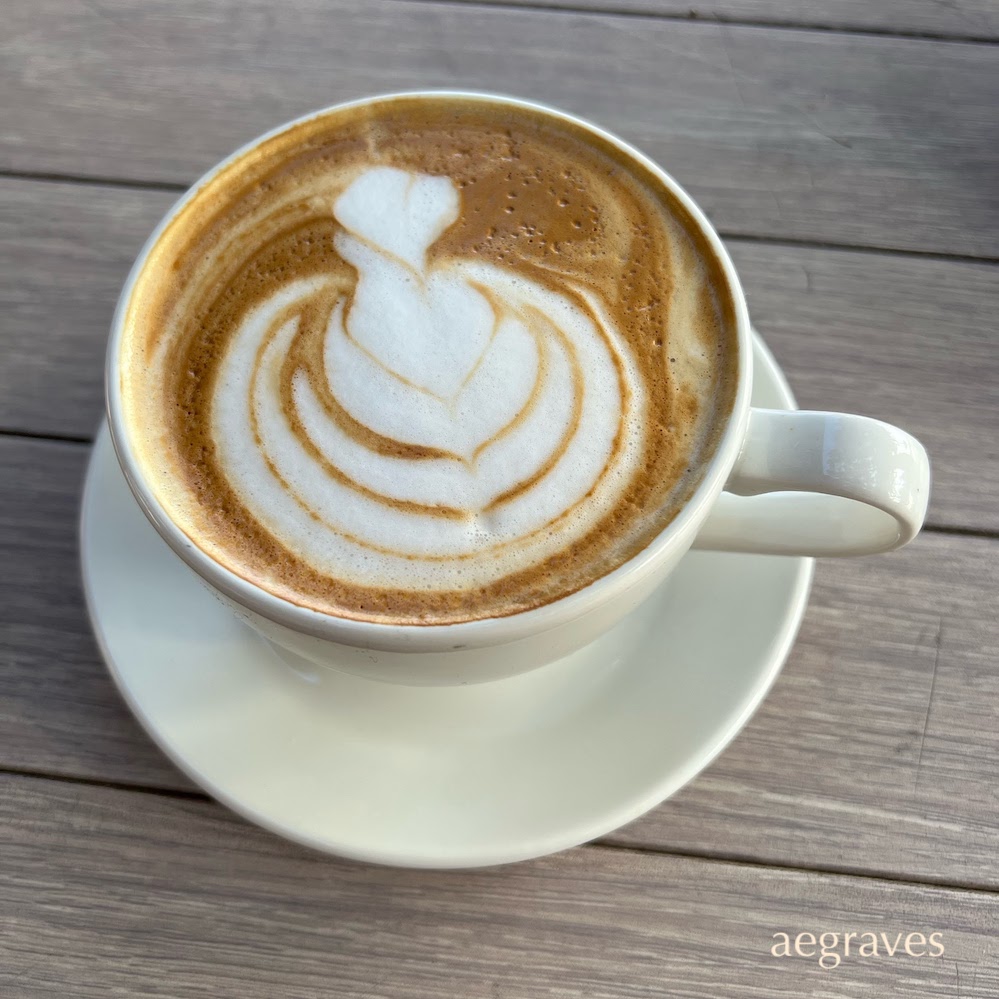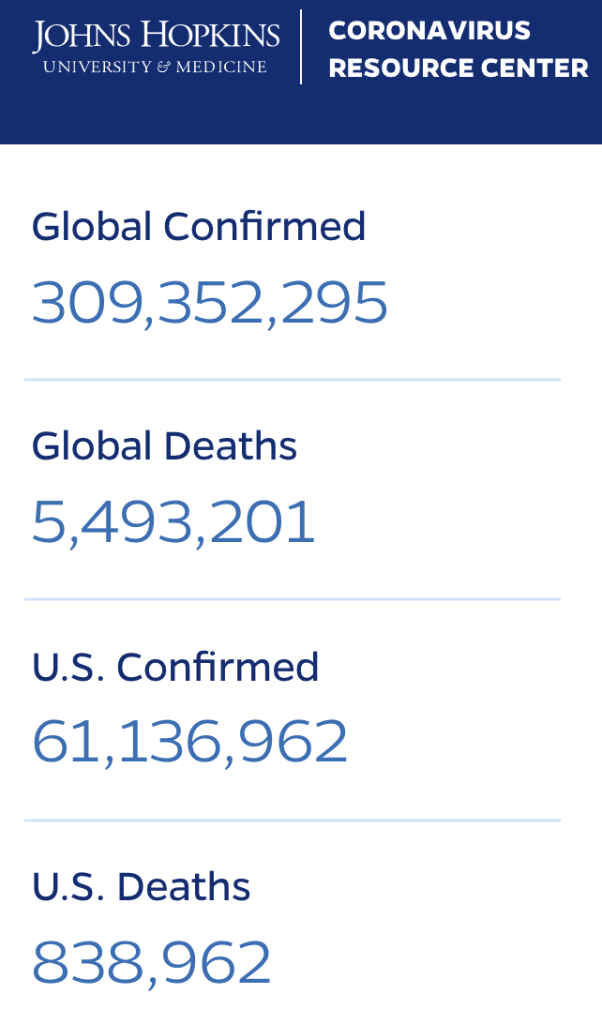It’s been… a year. Since time had no meaning (due to the sameness of being at home every day during so much of this pandemic), it is hard to believe it ended, rather than continuing on in a Groundhog-Day-like fashion.
I’m TIRED. But alive, which is a victory unto itself!
Here are some of 2021 highlights from my iPhone photo blog, mobilelene.blogspot.com.
January 2021: Monotype printing
Monotype mornings are the best mornings
Weblog by A. Elizabeth Graves. iPhone photography and links to science-y and foodie topics.
I made great progress with my acrylic monotype printing practice this year, producing hundreds of prints, and expanding from my favorite opaque colors into transparent paints.
February 2021: Leaving the house to explore SF
New beach
Weblog by A. Elizabeth Graves. iPhone photography and links to science-y and foodie topics.
There are entire new parks that didn’t exist before the pandemic!
March 2021: Botany
Spring springing
Weblog by A. Elizabeth Graves. iPhone photography and links to science-y and foodie topics.
I like plants!
April 2021: Botany and Murals
Mobilelene
Weblog by A. Elizabeth Graves. iPhone photography and links to science-y and foodie topics.
There are murals I’d never seen before out there, and they’re great.
May 2021: Architecture, Monotypes, and Playing with Instax Cameras
Historic curtain wall (with fancy details)
Weblog by A. Elizabeth Graves. iPhone photography and links to science-y and foodie topics.
Instax cameras are fun! Yes, I have THREE Instax-compatible cameras, one for each size of film, PLUS A PRINTER that uses the mini size. Judge me, while I have fun with my tiny little prints.
June 2021: SF Exploration, continued (and medium format photos)
New Hawthorne Texture
Weblog by A. Elizabeth Graves. iPhone photography and links to science-y and foodie topics.
I will not admit how many photos I have of this building. On multiple cameras.
July 2021: Mostly Murals
Dolores Park (beyond the fog line)
Weblog by A. Elizabeth Graves. iPhone photography and links to science-y and foodie topics.
This month starts to look like me: all my interests are reflected, and I was taking more photos because I sprained my right arm and couldn’t write or draw.
August 2021: Museums, Duochrome, and Sunshine
Polaroid Duochrome is pretty sweet
Weblog by A. Elizabeth Graves. iPhone photography and links to science-y and foodie topics.
Have I made the book I planned to make of these? No. Did I produce another photo book mock up which I’m not sharing? Yes.
September 2021: I LOVE SF (architecture, sailboats, contemporary art, and phone photo filters)
Assorted Flavors: Glass Highrise
Weblog by A. Elizabeth Graves. iPhone photography and links to science-y and foodie topics.
The photo I wanted to show is cropped too hilariously to post here.
October 2021: Art experience in the park
We Love Judy Chicago
Weblog by A. Elizabeth Graves. iPhone photography and links to science-y and foodie topics.
It was the most fun I’ve had being enveloped in smoke in forever.
November 2021: Sunsets, Plants, and Murals
Sunset with lake and planet
Weblog by A. Elizabeth Graves. iPhone photography and links to science-y and foodie topics.
By this point, you realize how conventional my phone photos are, and how much I LOVE LOVE LOVE San Francisco.
December 2021: Holiday lights, holiday projections, Boston, and textile arts
GlowSF at the Hyatt Regency
Weblog by A. Elizabeth Graves. iPhone photography and links to science-y and foodie topics.
I really do love this town. 🙂 And I’m completely predictable in the photographic ways I express that love, and THAT IS OKAY.


